The Mahindra Thar has been among the most accessible 4×4 cars in India. However, not everyone wants a heavy off-roader with two live axles, low range, and locking diffs. Enter the Thar RWD. We drive the petrol-automatic version.
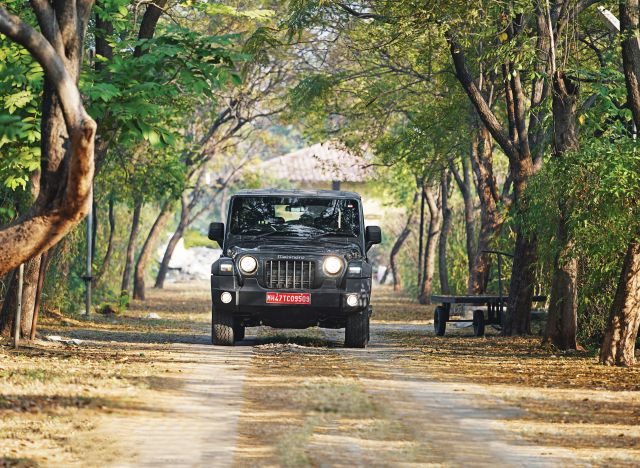
Story: Jim Gorde
Photography: Apurva Ambep
A softer-core behemoth is more like it. Yes, technically the Thar is a sub-four-metre car but that’s where that story ends. It’s a compact-size SUV and sits 226 millimetres off the ground, riding on 18-inch wheels with properly thick 255/65 all-terrain rubber. This one is not four-wheel drive but it can traverse all sorts of rough terrain and tackle obstacles—so long as the rear wheels have traction, of course. And there’s no real visible difference apart from the missing “4×4” sticker on its haunches. Mahindra have introduced just three rear-wheel drive (RWD) models, of which two are manual diesels (with the 119-hp, 1.5-litre, four-cylinder, turbo-diesel engine) and one solitary petrol variant with an auto ’box we have here: the RWD TGDI AT.
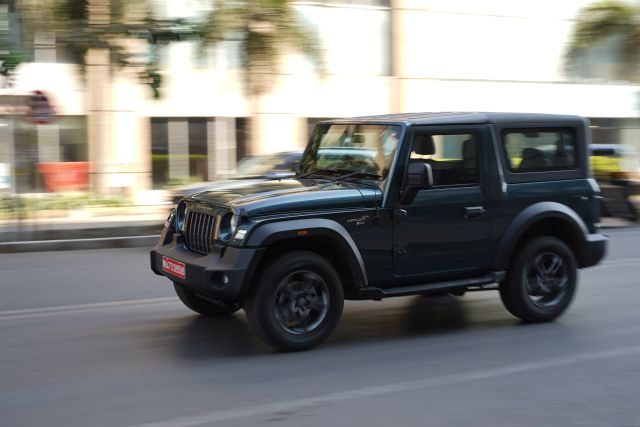
This Thar packs a powerful turbo-petrol engine that has a hefty bottom- and mid-range, so much so that one can think it’s probably a diesel. This is the same mStallion 150 TGDI as the one in the 4×4 model. The engine builds the revs up lazily and heads towards 5,000 rpm with a quick and chunky diesel-like torque build-up. This is a 2.0-litre unit and it makes 152 hp at 5,000 rpm and a hefty 320 Nm of peak torque between 1,500 and 3,000 rpm. Both in terms of numbers and in character, somewhat, it almost feels like the old Scorpio’s and XUV500’s diesel engine, the mHawk140. Almost.
The refinement is slightly better and, while there is an audible whirr in the cabin when it starts up, it settles into a refined, almost inaudible, hum at idle. The cabin feels snug for a vehicle of its size but there’s enough room for bits and bobs. It feels a lot smaller than it is. The seats are just about supportive enough for a large frame, but there’s nothing to complain about as I get settled in. The steering wheel feels good but it is rather light and requires a lot of turns—3.4 turns lock-to-lock—in the parking lot as I head out. The brakes are a bit soft, too, even spongy. However, once I develop a feel for them, it gets better. The steering feel, too, is just about adequate on the move and it can predictably change direction. What takes more getting used to is the ride quality. It’s good. But it can get bouncy and there is evident roll; something to be expected of a high-riding vehicle such as this with a rather short wheelbase, too.
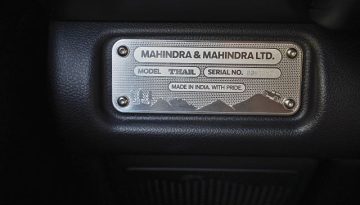

The Thar RWD is quite relaxing to drive, though. Heading out of town on a rather busy highway stretch was an unexpected treat. Other road-users tend to move out of the way faster and big vehicles, even bigger vehicles, also tend to give way when they see a big grille and piercing LED headlights in their rear-view mirrors; they can’t see the missing front differential, can they?
If anything, that’s its trump card: presence. The Thar is a very visible and distinct presence on the road. Besides, its highway manners—in a straight line, at least—are like any tall car’s, with gradual changes in direction handled well. There’s no real fatigue even after 100 kilometres of non-stop driving where I have to veer off and trundle down a dirt path.


This Thar has no live front axle and the engine sends all its drive to the rear wheels only, via a nicely tuned five-speed automatic transmission. It can crawl or charge forward as and when needed and doesn’t stay stuck on a ratio unless necessary; mostly managed by my right foot.
Here, on this dirt road, it proves that it has more than adequate capability on the rough stuff but that it can also blend in in the city. It has the ride height to handle all sort of obstacles and the ride quality to fulfil all needs for those looking for a burly vehicle to stand out in. Yes, it sways from side to side and limbs are almost interchanged with my co-driver as we tackle the deep ruts left by what seems like a runaway tractor, but it’s not a real bother at that speed. Okay, maybe that seemed a little overly dramatic, but it is what it is.
I have a bunch of bags stashed in the boot. The rear seats here aren’t side-facing benches but a proper pair of split forward-facing seats. The gripe I have? The wheel-arches eat into the outer legroom. It is quite odd for average-sized adults and is, thus, best for kids or pets; considering its sparkling safety ratings in the Global NCAP. Yes, it is an extremely safe car—and not just to crash in.
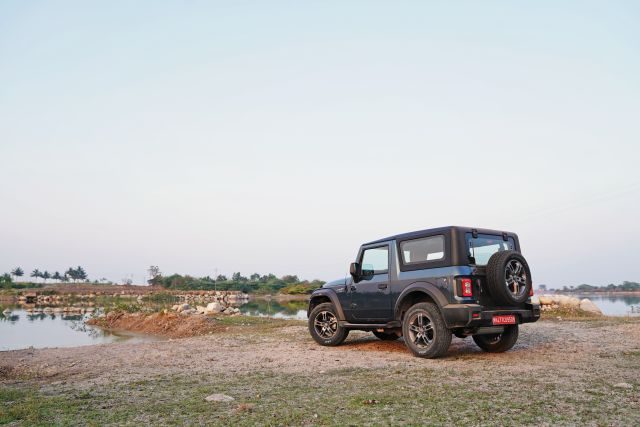
All things said, Mahindra charge Rs 13.59 lakh (ex-showroom) for this variant. Seems steep. But if I look around, the prices of literally everything else have also gone up considerably. Besides, there is one other thing that works in the Thar’s favour. It has a mechanical feel to it that seems like it’s going away in cars today. The thunk of the doors, the turn of the key, the whine of the engine starting up, the clunk of transmission settling into drive, the sound from the engine and intake. It all feels analogue in what is an increasingly digital world. And I’m driving the automatic. The manual 4×4 is even more so. There are a bunch of reasons people who are enthused by the Thar will create to simply own one. And while that’s good enough for them, I can’t find a reason to argue. If you want one, just go get one. This is a buy for the heart more than the road. And it almost fills them both up, too.


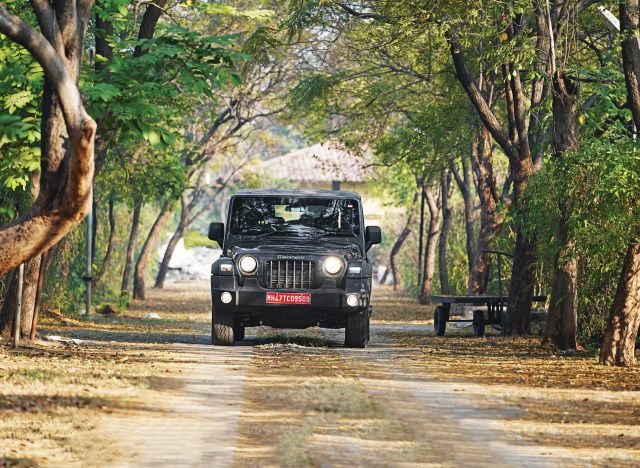















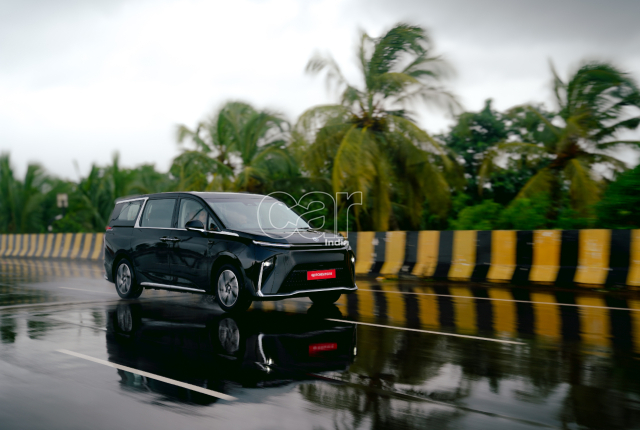



Leave a Reply